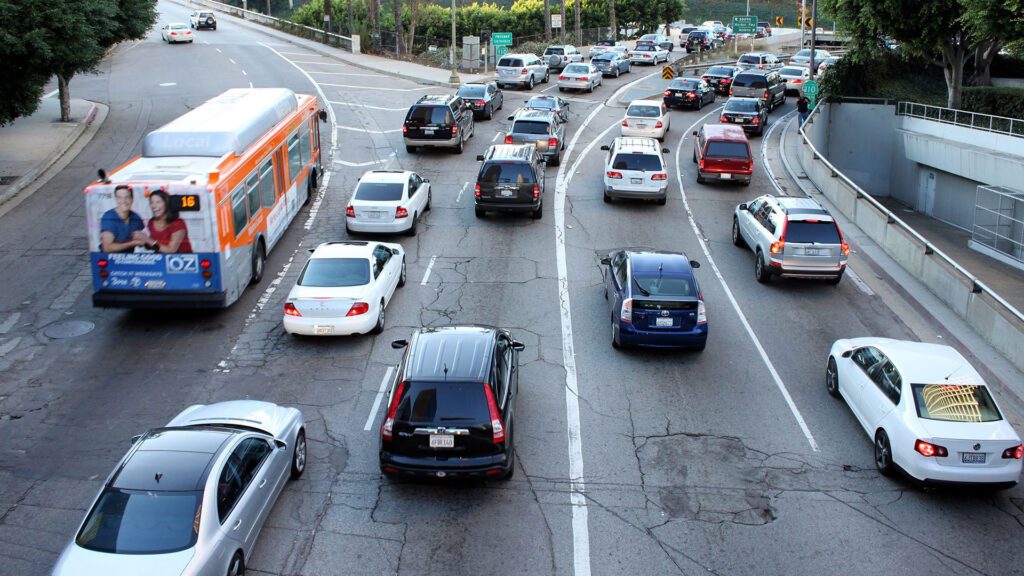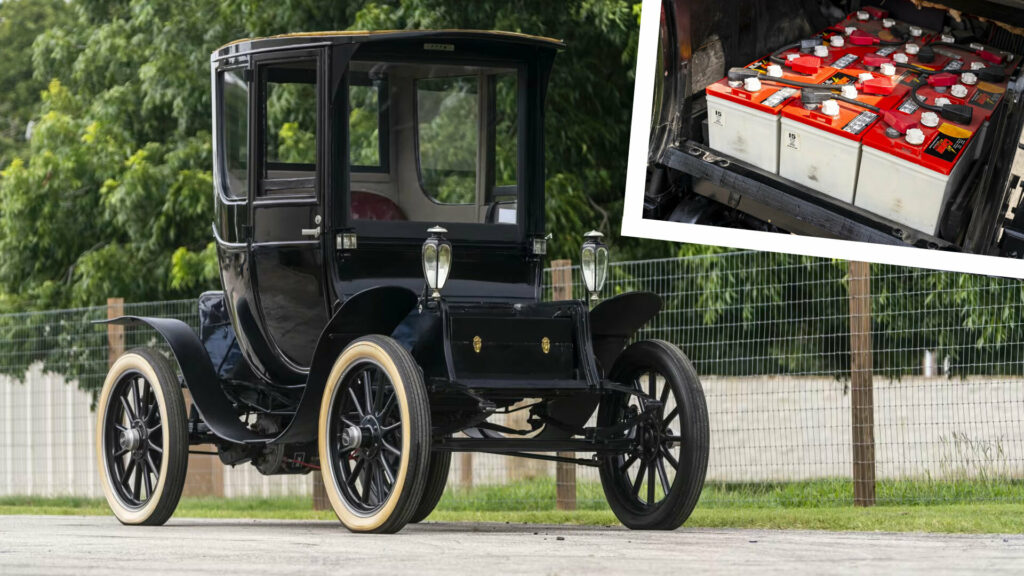Stellantis could sell fewer gasoline-powered vehicles in U.S. states that have adopted California’s emissions rules.
In a memo issued with dealers across the United States, the automotive conglomerate noted that 13 states have adopted California’s standards and that another 4 will do the same in the coming years. In addition to selling fewer gasoline-powered vehicles in these states, it may increase allocations of electrified vehicles.
“We will continue making available to you all models manufactured for your line makes,” the memo said. “In some circumstances, we may be compelled to allocate more electrified powertrain vehicles to California states in order to comply with the more stringent standards being enforced in the California States.”
Read: Stellantis Will Close UK Plants Unless Brexit Deal Revised

In the memo, viewed in full by Reuters, Stellantis adds that it “may choose not to advertise some trim lines in certain states at certain times” and noted that changes could “impact your ability to order or receive shipments of certain vehicles from time to time, including to fulfill sold orders.”
The move doesn’t come as a particularly big surprise, particularly since Stellantis is investing $35 billion into EVs and will introduce 25 new ones by 2030.
News of Stellantis’ move comes shortly after the California Air Resources Board (CARB) requested a waiver from the Environmental Protection Agency (EPA) to approve its plan to ban the sale of new gasoline and diesel-powered passenger vehicles by 2035. In addition, California intends to start setting yearly rising zero-emission vehicle rules in 2026.
A host of U.S. states plan to follow California’s electric vehicle lead. These include Rhode Island, Washington, Virginia, Vermont, Oregon, New York, and Massachusetts. California will require 35% of new cars sold in the state to be plug-in hybrids EVs, or hydrogen-powered by 2026. This proportion will then rise to 68% in 2030 and 100% in 2035.








